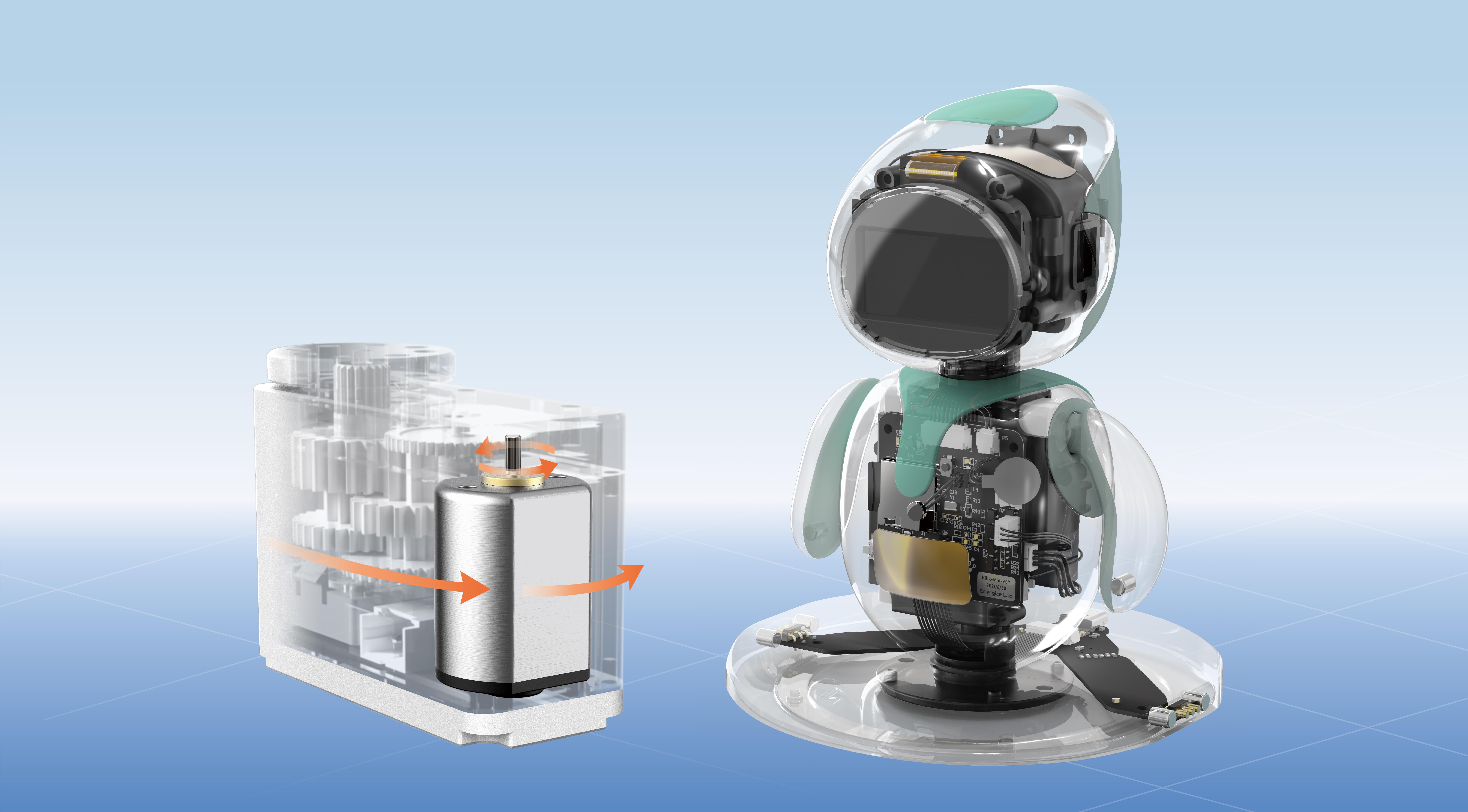Unleashing Creativity with Hobby Electric Motors and Gears: A Journey into Mechanical Magic
Imagine a tiny motor spinning with purpose, its shaft ready to transform electrical energy into motion—this is the heart of the hobbyist’s universe. Hobby electric motors and gears are more than just components; they are the seeds of ingenuity that empower countless projects, from simple remote-controlled cars to complex robotics and art installations. Their small size, affordability, and versatility make them indispensable tools in the maker’s toolkit, inspiring creativity and problem-solving with every turn.

The Charm of Hobby Electric Motors
Hobby electric motors are designed to deliver reliable, compact power suited for a variety of applications. Their simplicity is part of what makes them so appealing—while they are modest in appearance, these tiny workhorses can generate substantial torque, precision, and speed, especially when paired with the right gear system.
There are generally two main types used in hobbies: brushed motors and brushless motors. Brushed motors, often the more affordable choice, feature brushes that conduct electricity to the rotating part (the armature). They are straightforward to control, making them popular among beginners. Brushless motors, however, are more efficient, offer higher speeds, and have a longer lifespan, making them favored for more advanced projects.
Whether you are creating a miniature RC drone or a moving sculpture, selecting the right motor depends on your specific needs. Factors like voltage, speed, torque, size, and power consumption all come into play. Hobby electric motors come in a standard range of sizes—small cores for micro-robots, larger models for heavy-duty applications—allowing hobbyists to tailor their choices to the scope and scale of their projects.
The Power of Gears in Creativity
While a motor provides the raw energy, gears control how that energy is delivered. Gears are mechanisms that transmit and modify motion, often used to reduce speed, increase torque, or change the direction of movement. For hobbyists, gears are the secret sauce that transforms a simple motor into a versatile tool capable of executing complex tasks.
Gears can be as straightforward as a pair of spur gears, which mesh directly, or as elaborate as planetary gearboxes that offer significant torque boosts in tight spaces. The choice of gear depends on the project's demands: do you need slow, powerful movement, rapid motion, or precise control? Combining different gear ratios can help fine-tune performance, giving hobbyists a wide range of creative possibilities.
Some of the most popular gear types among hobbyists include:
Spur gears: Simple, durable, and efficient for direct drive applications. Bevel gears: Used to change the axis of rotation, perfect for servo-driven steering. Worm gears: Provide high torque in a compact form and can act as a lock when powered off. Planetary gears: Compact with high torque capacity, suitable for robotics.
The Magic of Combining Motors and Gears
Imagine building a tiny robotic arm that picks up objects. The electric motor provides the initial motion, but gearing allows you to control how fast or slow the arm moves, and how much force it applies. By selecting the right gear ratio, you can make the robot agile or powerful, depending on your design goals.
This synergy between motors and gears is where the magic of hobby projects truly happens. It allows for endless experimentation—changing gear ratios, swapping motors, or adding gearboxes—each tweak can dramatically alter performance. Hobbyists often find themselves in a playful dance of trial and error, discovering the perfect combination that turns their vision into reality.
Practical Applications and Exciting Possibilities
The versatility of hobby electric motors and gears opens doors across a spectrum of projects. Some popular applications include:
Remote-Controlled Vehicles: From cars to boats, hobby motors power the movement while gears control speed and steering. Robotics: Building walking robots, robotic arms, or autonomous drones relies heavily on precision gear systems combined with reliable motors. Mechanical Art and Animations: Kinetic sculptures that move in mesmerizing patterns depend on well-chosen gear ratios for rhythm and flow. Educational Kits: Learning about physics and engineering through hands-on assembly and experimentation with motors and gears.
What makes this hobby so captivating is its endless scope. Whether you want to craft a tiny locomotive, design a miniature conveyor system, or develop a custom sensor-driven automaton, hobby electric motors and gears are your fundamental partners.
Diving Deeper: Choosing the Right Components
Selecting the perfect motor and gear combination starts with understanding your project's parameters:
Speed (RPM): How fast do you want your mechanism to move? Higher RPM motors paired with high gear ratios produce rapid motion, but sometimes slower, controlled movement is preferable. Torque: How much force is needed? Heavy loads require high torque, often achieved through gear reduction. Size Constraints: The physical dimensions of your project restrict the size of motors and gears you can use. Power Source: Whether using batteries, USB power, or external supplies influences motor choice. Control Options: Do you need remote control, sensors, or autonomous operation? This might determine the type of motor driver or controller.
Emerging Trends and Innovations
The landscape of hobby electric motors and gears is constantly evolving. The advent of brushless motors has made high-performance, long-lasting projects more accessible, while advancements in microfabrication enable ultra-tiny gear systems suitable for nano or micro-scale robotics.
3D printing has also revolutionized how hobbyists design custom gears, allowing for tailored tooth profiles and specialized gearboxes on demand. Meanwhile, open-source hardware ecosystems have fostered collaboration and knowledge-sharing, making complex gear trains and motor control more approachable.
Kpower has delivered professional drive system solutions to over 500 enterprise clients globally with products covering various fields such as Smart Home Systems, Automatic Electronics, Robotics, Precision Agriculture, Drones, and Industrial Automation.




































